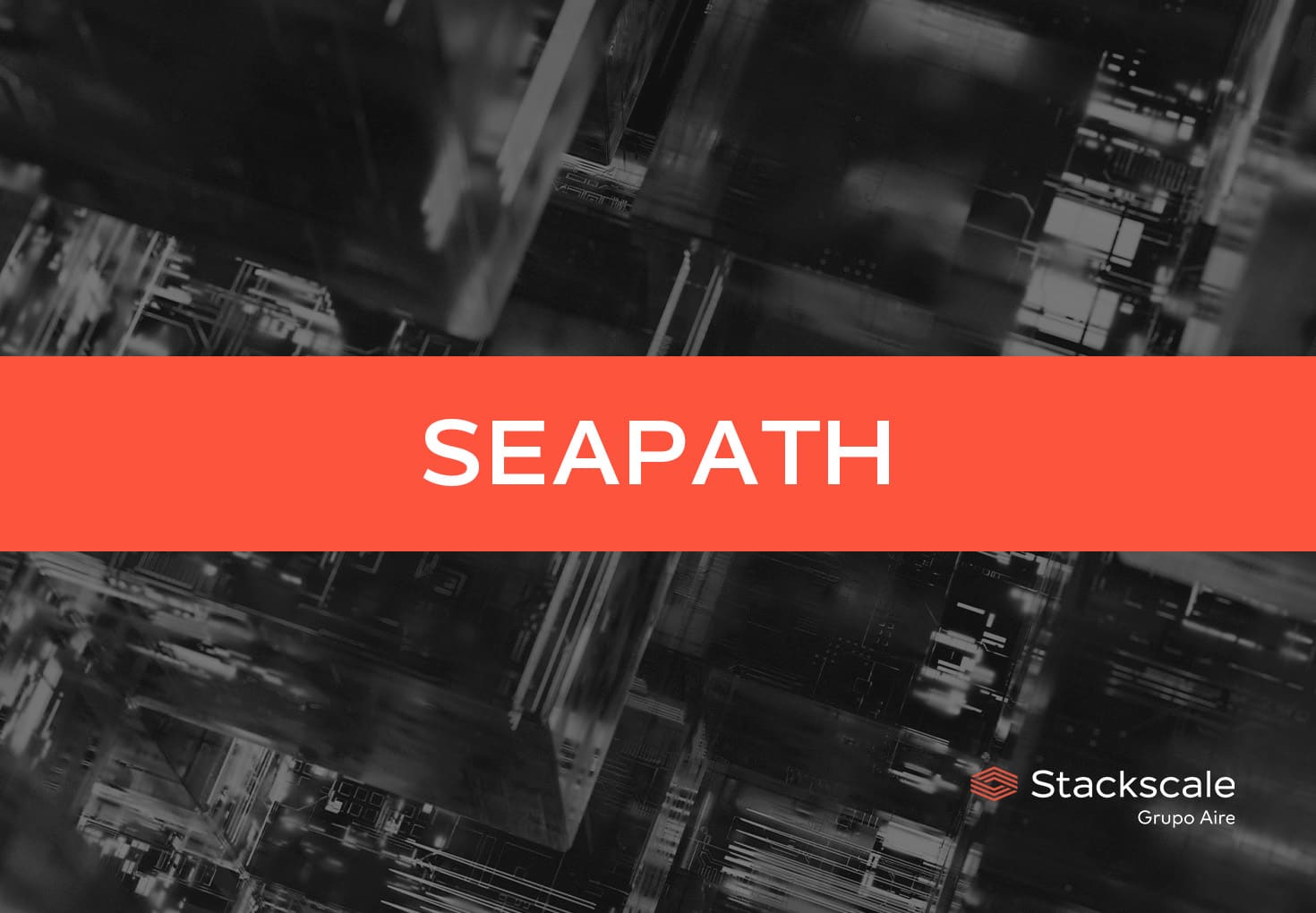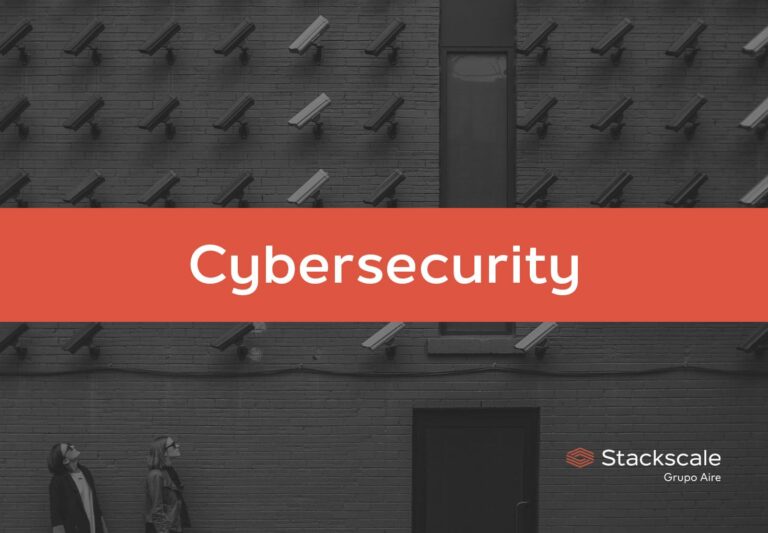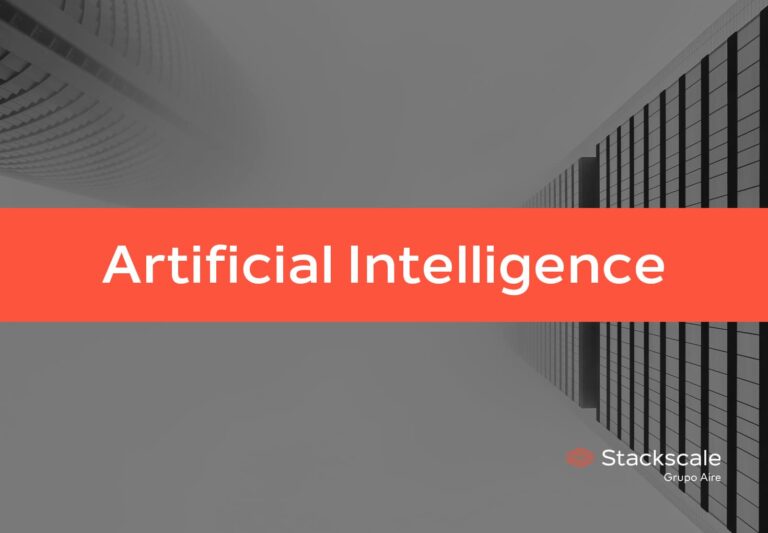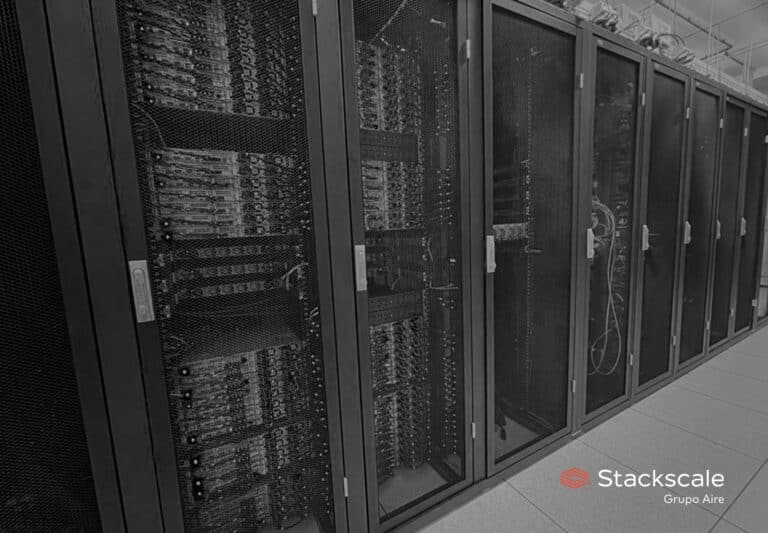The Linux Foundation, through LF Energy, has released SEAPATH 1.0, an open-source hypervisor designed for the virtualization of digital power substations under the IEC 61850 standard. This solution marks a significant advancement in modernizing the energy sector, providing a secure, scalable, and high-performance environment for managing power grids.
The increasing decentralization of power generation and the need for greater operational efficiency have made substation digitalization a key priority for energy companies. SEAPATH enables this transformation by delivering an open, flexible infrastructure aligned with the evolving demands of the industry.
What is SEAPATH and Why is it Crucial for Energy Digitalization?
SEAPATH, short for Software Enabled Automation Platform and Artifacts Therein, is an open-source hypervisor focused on virtualizing protection, automation, and control systems in power grids. Developed by experts in embedded Linux, electrical engineering, IT, and cybersecurity, it aims to bridge the gap between operational technology (OT) and information technology (IT).
This hypervisor is part of LF Energy’s Digital Substation Special Interest Group, an initiative dedicated to accelerating the energy transition through open-source solutions for critical infrastructure.
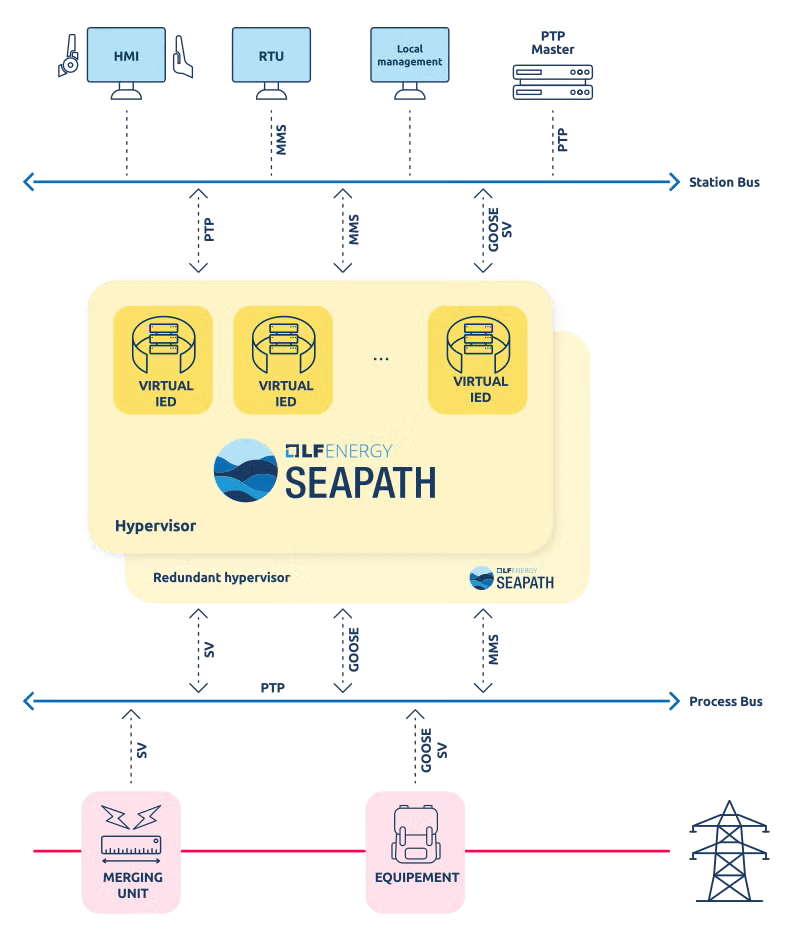
Key Features of SEAPATH 1.0
Open and Vendor-Agnostic Architecture
- Hardware Agnostic: Compatible with x86 and ARM architectures, allowing deployment on a wide range of servers.
- Vendor Independence: Supports heterogeneous virtual machine environments, integrating with various hardware and software providers.
- Open-Source Licensing: Apache-2.0 license enables customization and integration into critical infrastructure projects.
- Seamless Integration with other LF Energy projects such as CoMPAS, FledgePOWER, and OpenSCD, optimizing its use in digital substation automation.
High-Performance Real-Time Capabilities
- Deterministic Real-Time Processing ensures optimal response times for critical applications.
- Precise Time Synchronization via NTP and PTP (IEEE 1588) for accurate operation in protection and automation systems.
Security and Resilience for Critical Environments
- High availability through clustering, ensuring continuous operation even in case of hardware or software failures.
- Distributed storage with data replication, enhancing data integrity and system reliability.
- Automated updates allow for remote deployment of security patches and improvements without disrupting operations.
Automated Management and Infrastructure as Code
- Script-Based Configuration Automation minimizes human errors and simplifies large-scale deployments.
- Remote and Local Management enables infrastructure control from anywhere within the network.
Cybersecurity-Focused with Continuous Testing
- Over 700 daily automated tests ensure system stability and early failure detection.
- Advanced security validation for every system component.
The Role of SEAPATH in Power Grid Modernization
The energy sector is undergoing an unprecedented transformation driven by renewable energy integration, distributed generation, and growing demands for grid flexibility. Digital substations play a crucial role in improving efficiency and automation in grid management.
SEAPATH enables the virtualization of Intelligent Electronic Devices (IEDs), allowing them to communicate and operate under the IEC 61850 standard. This significantly enhances operational efficiency, reduces OPEX, and improves grid resilience against failures and cyber threats.
Deployment and Adoption in the Energy Industry
Several major energy and technology companies have already integrated SEAPATH into their operations. Early adopters include GE Vernova, Alliander, ABB, Red Hat, and Enedis.
In France, RTE has successfully deployed SEAPATH in digital substations for over a year, proving its reliability in managing power grids. Maxime Pelletier, from RTE, stated that the technology has been instrumental in virtualizing critical substation functions, enabling greater flexibility and security in infrastructure management.
From a technology perspective, Welotec has highlighted SEAPATH as a scalable and efficient solution, ideal for substation digitalization in the energy transition era.
SEAPATH’s Impact on the Energy Transition
Power substation virtualization is a key enabler in building a more sustainable and efficient energy system. As renewable energy sources continue to expand and power production becomes more decentralized, power grids require greater automation and adaptability.
According to Alex Thornton, Executive Director of LF Energy, SEAPATH is not only designed to meet these challenges but also provides an open-source platform for future innovations in the energy sector.
A Growing Ecosystem: How to Get Involved in SEAPATH
SEAPATH has been developed with contributions from leading energy and technology companies, including RTE, Alliander, GE Vernova, Savoir-faire Linux, Welotec, and Red Hat.
Eloi Bail, Chair of the SEAPATH Technical Committee, emphasized the importance of open collaboration and invited more organizations to join the initiative:
“With advancements in AI and digitalization, it’s clear that open-source software is key to accelerating innovation while reducing costs. SEAPATH is proof that open collaboration can transform the energy industry.”
Organizations interested in contributing to SEAPATH’s development or deploying it in their infrastructure can get involved in various ways:
- Join the SEAPATH Technical Committee at LF Energy.
- Explore SEAPATH documentation and tools available on the LF Energy platform.
With SEAPATH 1.0, power substation virtualization is moving toward a more secure, efficient, and future-ready energy landscape.

